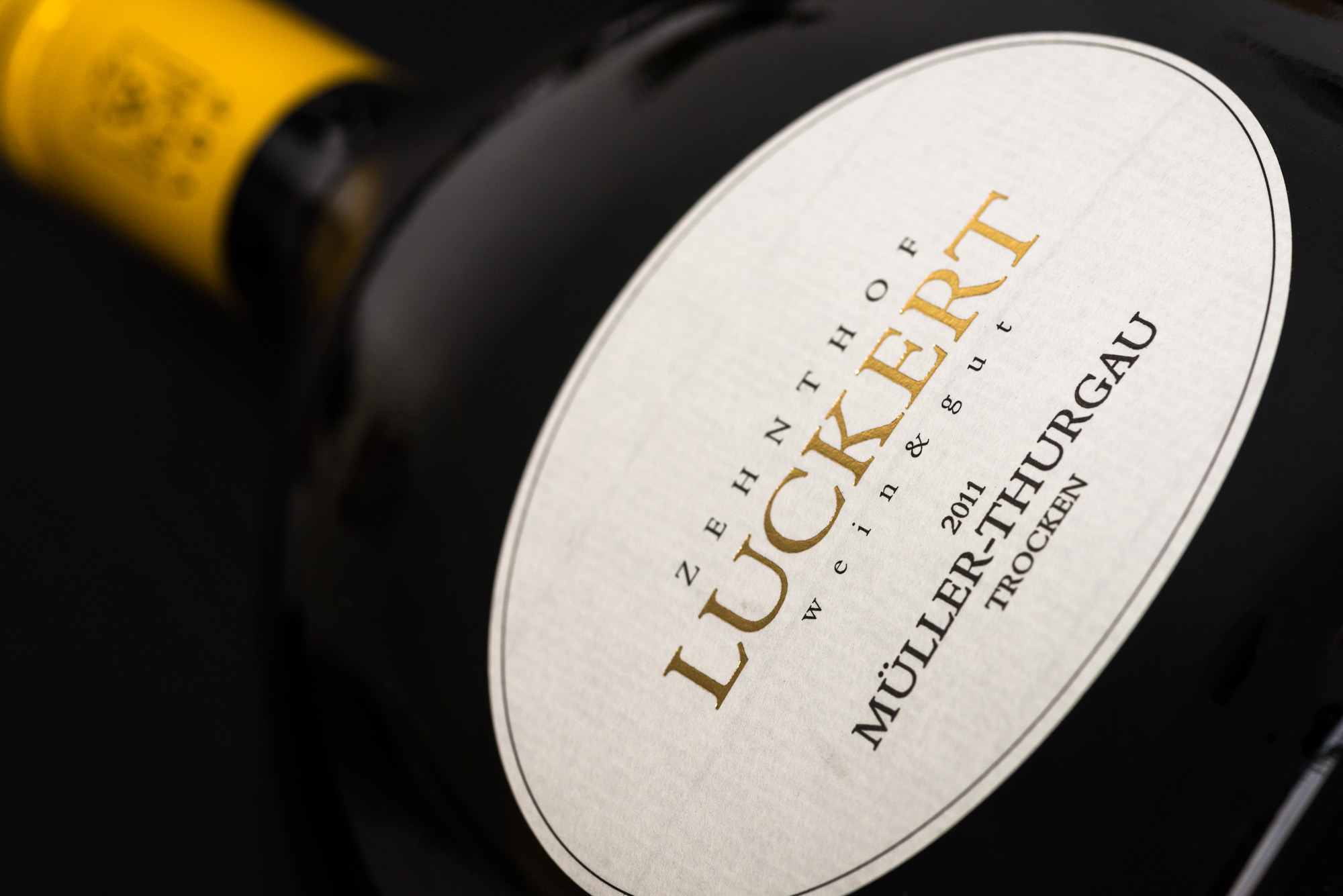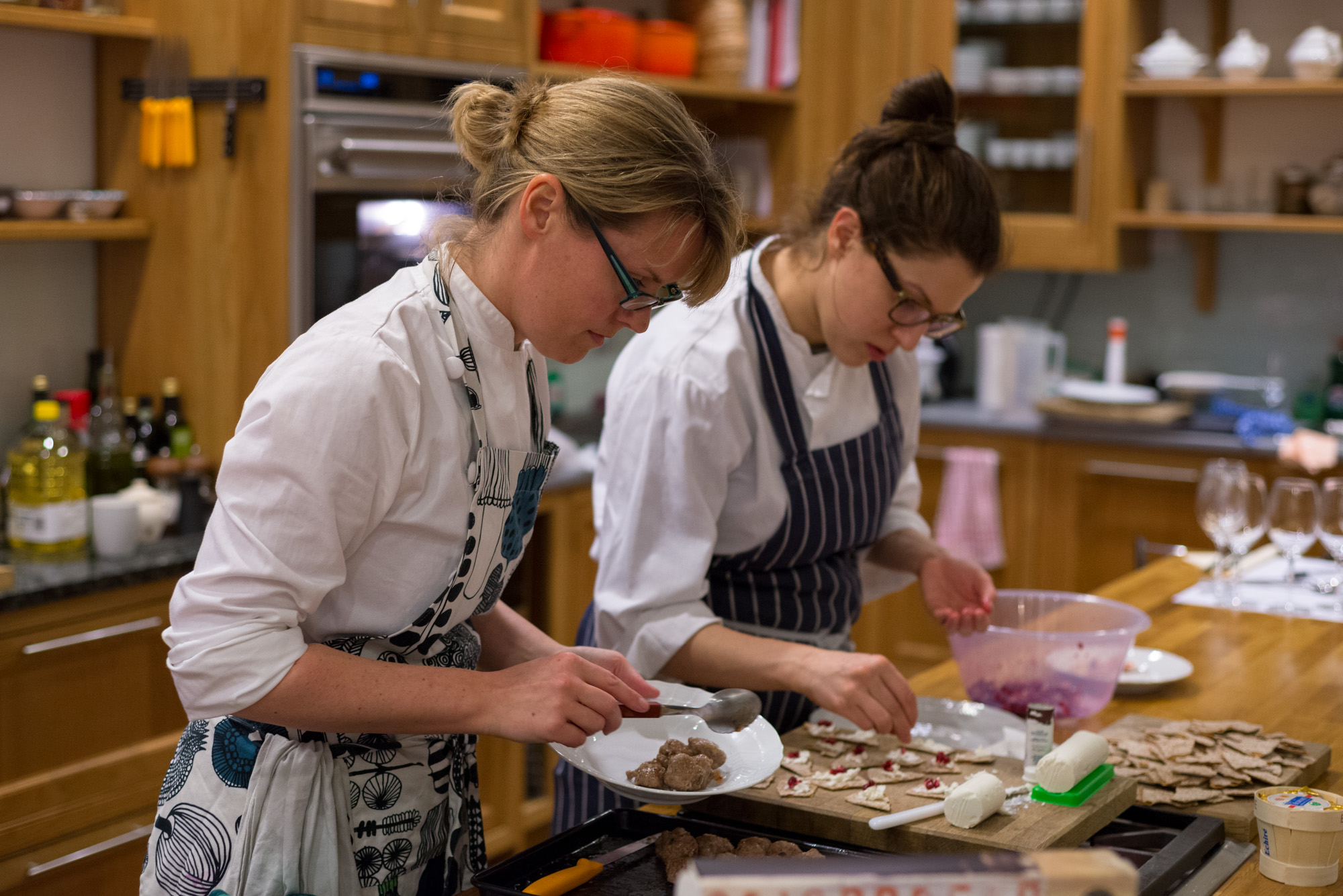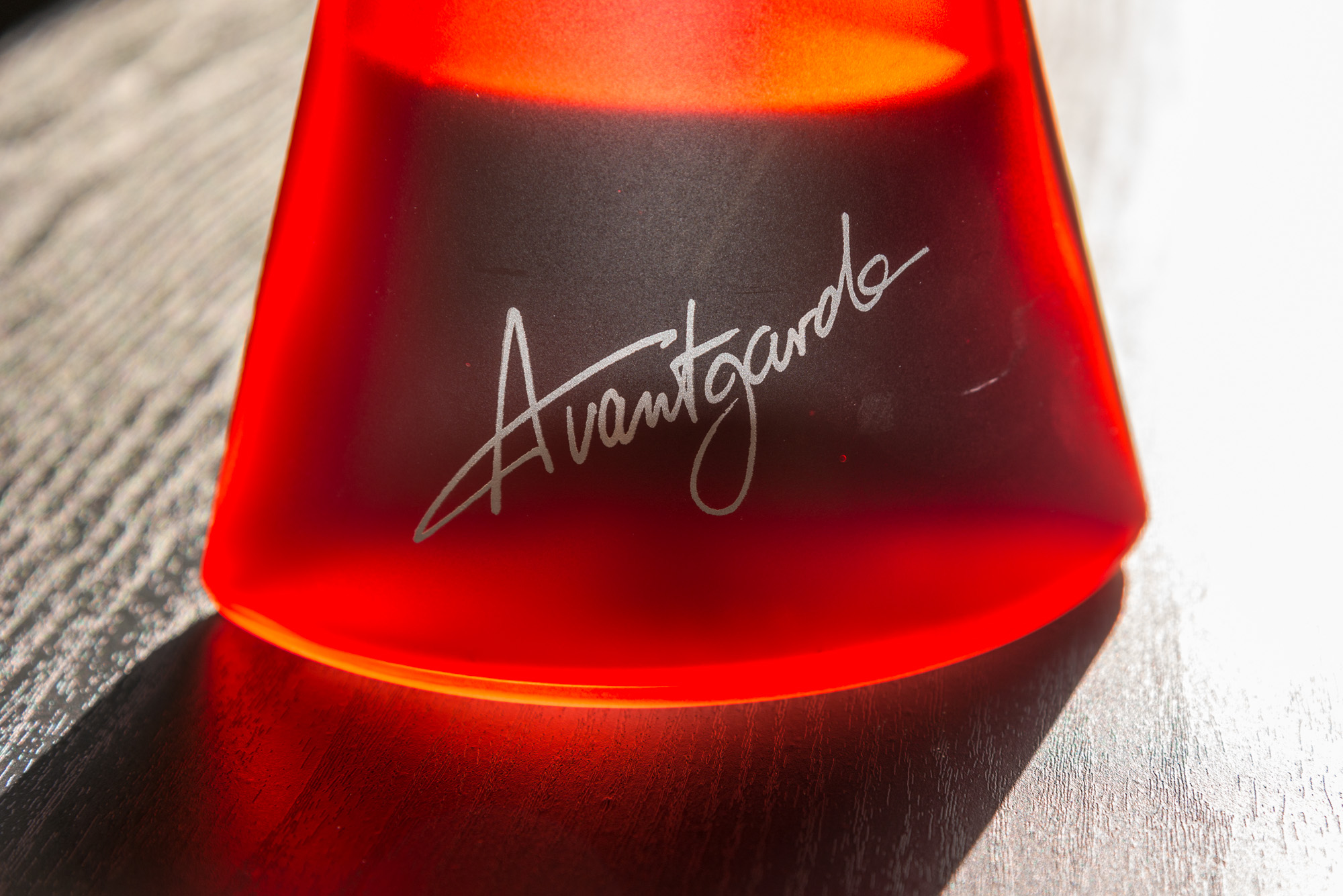Zehnthof Luckert, Müller-Thurgau trocken, 2011
I want to believe. Not in UFOs, Armageddon or the Flying Spaghetti Monster, but in wine - in all the lost causes, regions and plucky little grape varieties that no one trusted to ever produce anything of worth. I want to believe, to give them a chance, to celebrate their triumph over the expected. One grape variety that needs such a triumph is Müller-Thurgau. Looking at the statistics you would not believe it, after all MT is the second most planted grape variety in Germany.

However, no one loves it as it is seen as the boring main ingredient for German bulk wine, not even worthy to be mentioned on the label. Can we still believe in it?





